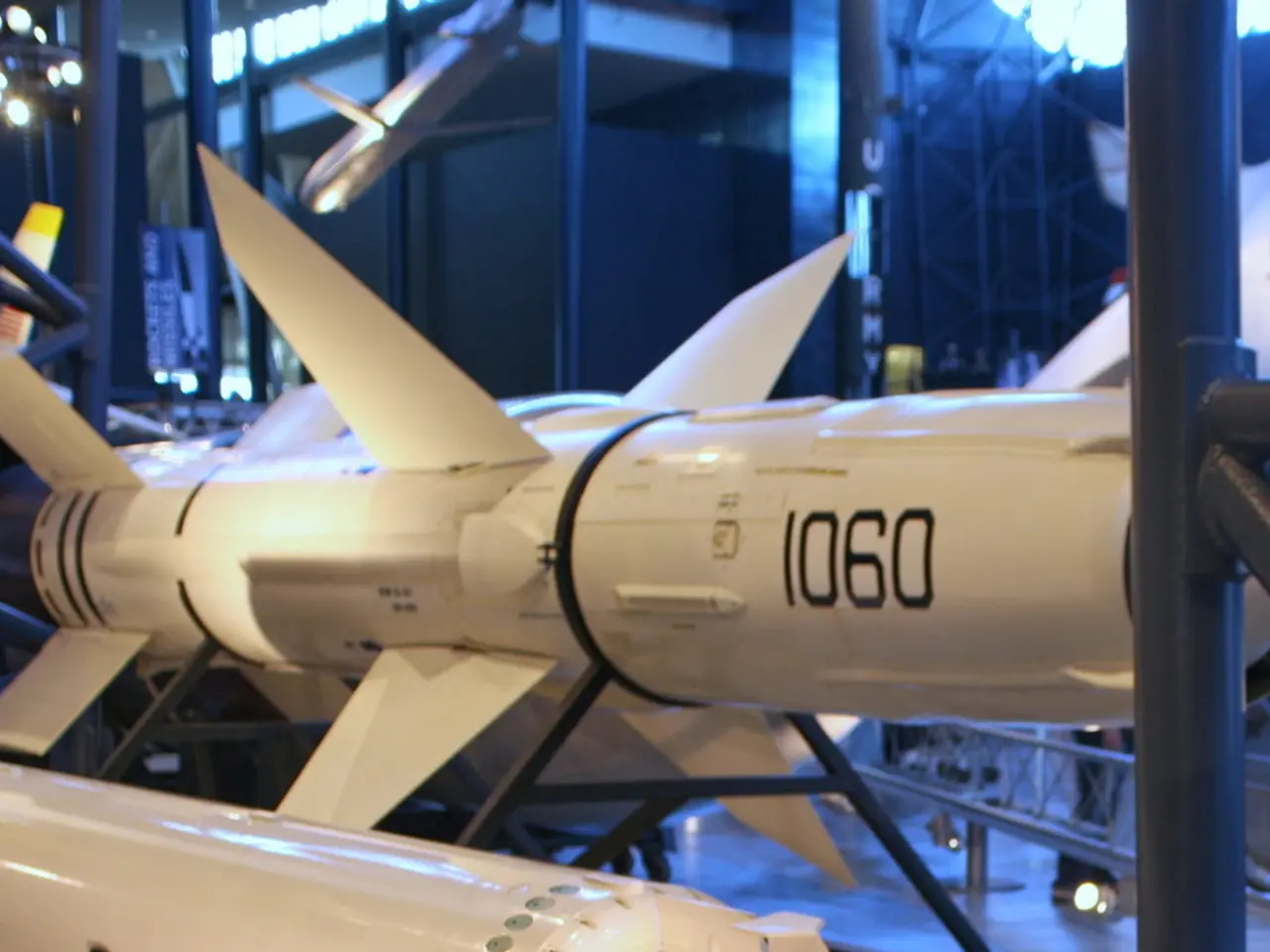Redesigned Liquid Uranium Spacecraft Expected to Slash Mars Travel Time in Half
The world of space exploration might be on the brink of a groundbreaking revolution, thanks to the Centrifugal Nuclear Thermal Rocket (CNTR) system, a cutting-edge technology being developed by researchers at Ohio State University and the University of Alabama in Huntsville.
The CNTR, a radical departure from traditional chemical rockets, could potentially double the efficiency of nuclear thermal propulsion, offering faster and more efficient interplanetary travel. This new rocket system aims for design readiness and prototype demonstration within the next five years, with a potential rollout by 2030, although no exact first flight date has been announced yet.
At the heart of the CNTR lies a unique fuel source: molten uranium. The rocket heats hydrogen propellant until it blasts from the nozzle at high speeds. This design allows for a specific impulse of 1,500-1,800 seconds, significantly higher than current nuclear thermal propulsion systems.
However, the CNTR presents ten daunting engineering challenges. Designing porous cylinder walls, preventing uranium vapor from saturating the exhaust, and controlling the rocket during startup and shutdown are just a few of the hurdles the team must overcome. Researchers are exploring innovative solutions, such as using electric fields to pull stray uranium atoms out of the hydrogen stream.
While the CNTR is not expected to take flight next year, each step brings us closer to rockets that make interplanetary travel feel more manageable. For instance, a spacecraft reaching Neptune in 15 years could potentially be reduced to 7 years with the CNTR. A fully realized CNTR could potentially shrink a round trip to Mars from nearly two years to about 420 days.
The potential benefits of the CNTR extend beyond just speed. If successful, the CNTR could potentially revolutionize interplanetary travel by reducing astronaut exposure to radiation and microgravity. This could open up direct trajectories to the outer planets, bypassing years-long detours of gravity-assist flybys.
Meanwhile, NASA and DARPA are investing in nuclear thermal propulsion through the DRACO program, aiming for a test flight by 2027. The DRACO program, based on decades-old designs with solid fuel, represents a more conservative approach compared to the CNTR's riskier bet with molten cores and higher temperatures.
The CNTR's success could mark the beginning of a new era in space exploration, making long-distance space travel more accessible and safer for astronauts. As researchers continue to push the boundaries of what's possible, the future of space travel looks brighter than ever.
Read also:
- Increase in Electric Vehicle Charging Stations Across U.S., But Is It Sufficient?
- The current status of green hydrogen for developing countries following the wave of hype: Assessment of remains
- Rapid Growth in Bio-based Polypropylene Sector Anticipated at a Compound Annual Growth Rate of 26.5% by 2034
- Potential Fire Hazards in U.S Power Grids Due to Artificial Intelligence Data Facilities








